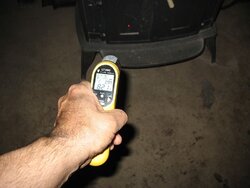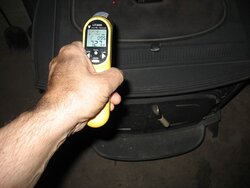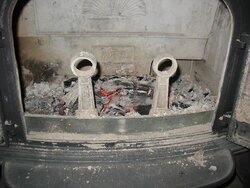I can start a fire like nobody's business.........but it's that "in between" burn that has me stumped! I wait til I figure it's "ok" to add a log to get things rolling, after building an ember base from the starting wood, and I end up with no flames, and a log or two that has glowing edges.
What'm I doin wrong? Do I need medium size pieces that are not as small as kindling but not as big as regular splits?
Once I GET the fire going good, I just add a log now and then to keep it going, and it burns very well......
-Soupy1957
What'm I doin wrong? Do I need medium size pieces that are not as small as kindling but not as big as regular splits?
Once I GET the fire going good, I just add a log now and then to keep it going, and it burns very well......
-Soupy1957




